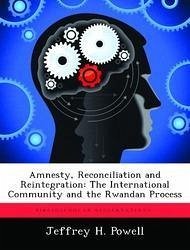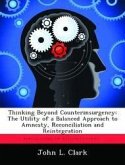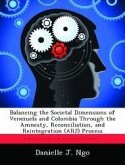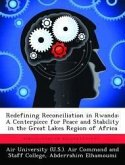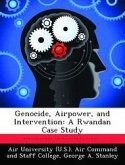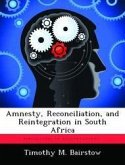The Rwandan Genocide of 1994 was a cataclysmic international event. Because of the devastation suffered during the genocide, a focused effort at repairing the social fabric of the nation had to take place. The case shows how Rwanda overcame the negative impacts of the international community and implemented two aspects of the amnesty, reconciliation, and reintegration process (AR2) by developing interesting and innovative reconciliation and reintegration policies. Throughout the case there are four issues that prove integral to the AR2 process; the anthropology of Rwanda, its colonial history, the international communities actions, and the Rwandan Patriotic Fronts policies that returned the country to its cultural norms. Rwandan anthropology, cultural understanding, and colonial history play a vital role in forming the foundation for the genocide. These three factors set the conditions for a genocide that saw between 800000 and 1 million people killed in less than four months. The basis for the killing was a perceived and accentuated anthropological difference derived from tribal affiliations of Hutu and Tutsi. That difference gained its accentuation through colonial rule as it was used to divide and subjugate portions of the population, primarily Tutsi subjugation of Hutus. After Rwandan independence created a juxtaposed relationship, the Hutus gained and harshly exerted power over the Tutsis. Those relationships lead to years of internal strife. Multiple occasions of mass killings, refugee flow to neighboring countries, and the eventual evolution of a revolutionary army culminated in a civil war that began in 1990 between the Hutu-lead government and the Rwandan Patriotic Front that was based in Uganda. The culmination of the civil war was the genocide. A genocide that the international community was slow to react to, failed to stop, and hindered its recovery.

